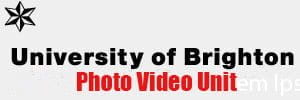The Cyanotype Process:


•Cyanotype is an ultraviolet light sensitive printing process. It uses a mixture of iron compounds that react when exposed to ultraviolet (UV) light, and when washed in water will oxidize to create the Prussian Blue image.
•Immersion in cold running water will also wash away the unused iron salts and fix the image.
•Because the process requires water rather than chemicals for development and fixing, it is perfect to be carried out safely and easily at home.
Cyanotype Kits

The Cyanotype process uses two chemicals: ferric ammonium citrate and potassium ferricyanide
They are sold as kits such as the one seen here by JACQUARD and are usually very simple to use.
ALWAYS read the instructions before using your kit and contact your technical demonstrators at: photographicserviceunit@brighton.ac.uk if you need any advice.
WARNING!!
NEVER mix Cyanotype solutions with any form of acid or any substance containing an acid as this can produce POISONOUS cyanide gas.
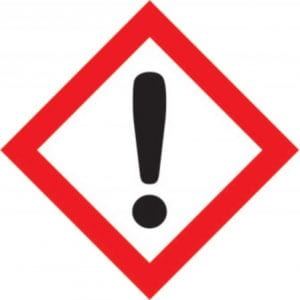
IRRITANT: The cyanotype mixture can also be an irritant to skin and eyes so ensure you always wear gloves and goggles / safety glasses when handling it!

And always WASH YOUR HANDS after use.
Coating the Paper:


Warning: Cyanotype solution WILL stain clothes and surfaces bright blue! Take care, cover surfaces, wear old clothes and always use gloves.
Photograms with Cyanotype

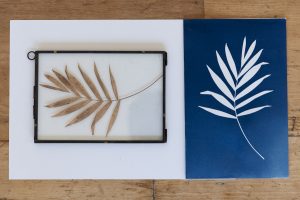
Contact Printing with Cyanotype


*Note how the coated Cyanotype paper appears yellow before exposure
Contact printing using an enlarged digital negative

You can also create enlarged negatives from digital image files by printing onto acetate or transparency film. You can then use this to create a positive Cyanotype print the same size as the digital negative.
To do this:
EXPOSURE:
Expose in sunlight or under a UV lamp.
Sunlight: 1 – 8 hours depending on the strength of the sunlight and time of year.
UV Lamp is quicker (approx 15mins) and gives more consistent results … but not as easily available at home!
Do test prints as you would in the darkroom. Cyanotypes will usually darken and become a brighter blue as they dry.
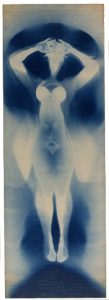
Female Figure (ca. 1950), by Susan Weil and Robert Rauschenberg, monoprint: exposed blueprint paper, 105 x 36 inches. © Robert Rauschenberg Foundation and Susan Weil.
DEVELOP AND FIX:
Develop and fix by immersing in cold running water for approximately 3 minutes.
Wash until the yellowish colour disappears from the white areas of your Cyanotype print and the water starts to run clear.
Beware as over washing will erode the image.

Using a citric acid bath can help to gain deeper blues and whiter whites but it is not necessary.

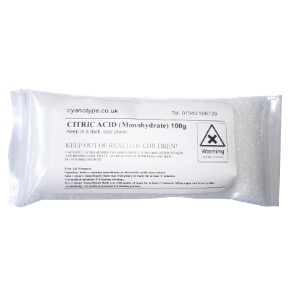
USING MATERIALS IN THE HOME
Picture frames or the glass from an old frame can be used in replacement of a contact printer to hold your negatives or photogram materials in place for sharper focus.
Stencils or cut outs are great for bold graphic images.
Pressed flowers, petals, leaves, feathers and other natural materials can be lovely for Photograms.
Textured household materials like bubble wrap or lace can create interesting patterns and can be combined with negatives to create multi layered images or montages.
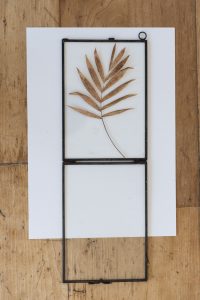
USING THE UV LAMP AND SINK IN THE PHOTO UNIT
UV Glasses MUST be worn as the UV Bulb is so bright in can cause lasting damage to your eyesight if not.
Be very careful of exposing your skin to the UV light for extended periods as it can cause skin damage. Take breaks and don’t spend long in the room while the lamp is on (we recommend waiting outside while your exposing the paper/material).

Keep your coated Cyanotypes in a light tight black bag until you are ready to expose them. When ready place them coated side up under the UV lamp with your neg or photogram objects on top – leave to expose.

Sink area for washing your Cyanotype prints – Book in advance via SISO.


Artists working with Cyanotype
ROSIE EMERSON

LIBERTY 2017 , HAND PAINTED CYANOTYPE WITH 22 crt GOLD LEAF ON PAPER FRAMED IN BESPOKE FRAME WITH CONVEX DOME
Rosie Emerson is an award-winning contemporary artist working almost exclusively on representing the female form. Her Cyanotype works enable her to montage objects with real size photographic negatives. Using UV light from the sun to expose objects and images directly on to the sensitized surface, the works are often hand painted or gilded with gold leaf.
ANNA ATKINS
Anna Atkins (1799-1871) was a botanist and early photographic practitioner. In October 1843 she became the first person to produce and photographically illustrate a book using cyanotypes. The book was called “British Algae: Cyanotype Impressions” and some of her work is now held in the V&A Museum Collections: http://collections.vam.ac.uk/item/O91281/papaver-orientale-photograph-atkins-anna/


RESOURCES AND LINKS:
